Sweet pickled cauliflower is an easy-to-make dish that will add some tang and texture to your meals. It’s perfect as a side dish or snack, and can also be enjoyed as part of salads or sandwiches. Not only does it have a fantastic taste, but it also has health benefits such as aiding digestion and boosting your immune system! So if you’re ready to try something new and delicious, read on for our step-by-step guide on how to make this tasty treat.
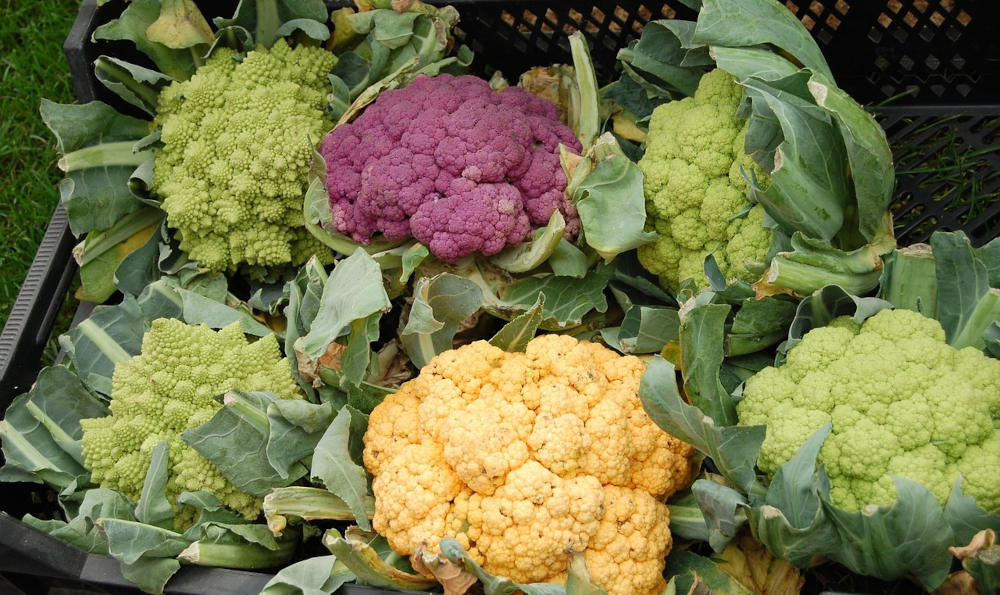
Give this easy economical pickle a try
Sweet pickled cauliflower is a delicious addition to any meal. It provides a pleasant crunch, and the sweet and sour pickling liquid adds layers of complexity to its flavour.
This versatile vegetable forms an ideal foundation for the sweet, salty, tangy spicy brine. A seemingly bland, boring vegetable transformed!
The recipe is surprisingly simple, requiring little effort and skill. With some basic ingredients – water, sugar, salt, and vinegar, together with spices and vegetables, you can create homemade pickles. Quick, easy, preservative-free, economical and very tasty – a winner!
Cauliflower can be used as a low-carb substitute for starches such as rice and potatoes. This vegetable is low in calories but high in nutrients. It contains a range of vitamins which are essential for good health, as well as having properties that can help in promoting heart and brain health. Additionally, it contains high fibre which is important for maintaining healthy digestion and stable blood sugar levels.
Making a batch of sweet pickled cauliflower will give you an easy way to add an exciting new taste experience to your weekly menu.
How to create delicious sweet pickled cauliflower
Sweet pickled cauliflower makes for a great condiment that adds an extra layer of flavour to many dishes or can be enjoyed alone as a snack or side dish.
You start by preparing the pickling liquid/brine. This involves combining the water, vinegar, salt, and sugar and heating it, then set this aside.
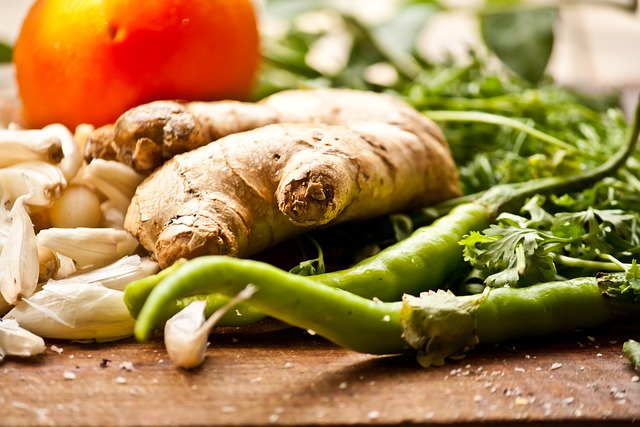
Next, you prepare the vegetables. peeling and slicing the garlic, ginger and chilli. Chopping the cauliflower into bite-size florets.
You then add the cauliflower, ginger, garlic and chilli to the clean, sterilised glass jar(s).
Then you add the spices around/between the vegetables.
Reheat the brine briefly and pour it into the jar(s), submerging the vegetables completely. Seal the jars and leave them to stand, at room temperature, to cool.
Once cooled, put the jars of pickled cauliflower in the fridge. Leave it to mature and mellow for 2-3 days before eating. Sealed in the fridge, the pickle may last in the fridge for up to 3 months (if you can resist that long!).
TIPS for making cauliflower pickle
1. Choose a fresh, firm cauliflower head and cut the florets into bite-size pieces for ease of packing into jars and also enjoying. Avoid soft, blemished heads. You can choose any colour of cauliflower that you prefer, from the commonly available white ones to the distinctive green or purple varieties.
2. Use a non-caking pure salt such as kosher salt. This is free of chemicals and caking agents which will ‘muddy’ the brine appearance in the jar(s).
3. To prepare the cauliflower to take up the pickling flavours and retain the colour, you can briefly blanch it. Depending on how long or short you blanch it can also affect the texture – too much can make it soft(which of course you might prefer) and just a minute in and then into ice water can keep it firmer.
4. The brine used for pickling should consist of enough seasoned water and vinegar to cover the vegetables and contain the desired amount of spices and herbs added for flavour. If you end up with too little brine, make up 50% water to 50% vinegar and top up the jars (it is ESSENTIAL to the preserving and pickling process that the vegetables are completely covered by the brine).
And if there is the pickling liquid left over, either use it for a salad dressing or marinade. Or chop up some leftover fresh vegetables, and blanch briefly in boiling water. Then add to a bowl, cover with hot brine, seal with plastic film and leave to cool. Chill and enjoy as a quick instant pickle.
5. Allow your pickled cauliflower to sit in the refrigerator for at least 48 hours before serving – this will give it time to properly marinate and fully develop its flavour.
Enjoy!
Flavour options for a sweet pickled cauliflower
Type of vinegar
You can use white wine, red wine or cider vinegar to give your pickled cauliflower different flavour profiles.
Adjust the sweetness
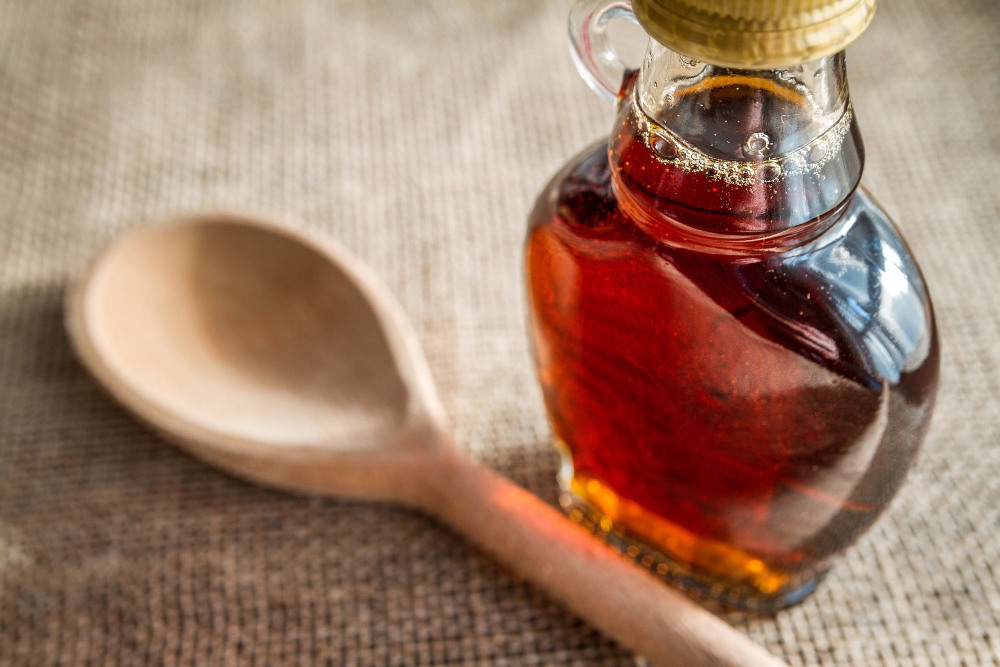
Add more sugar and/or a sweetener such as honey, sugar or maple syrup to balance out the acidity of the vinegar and create a pickle to your taste.
Add your favourite spices
Experiment with herbs and spices like anise, fennel, juniper berries, cardamom or cinnamon sticks for warmth in flavour and aroma. Turmeric and cumin can contribute to an earthiness and punch of colour.
Include other Vegetables
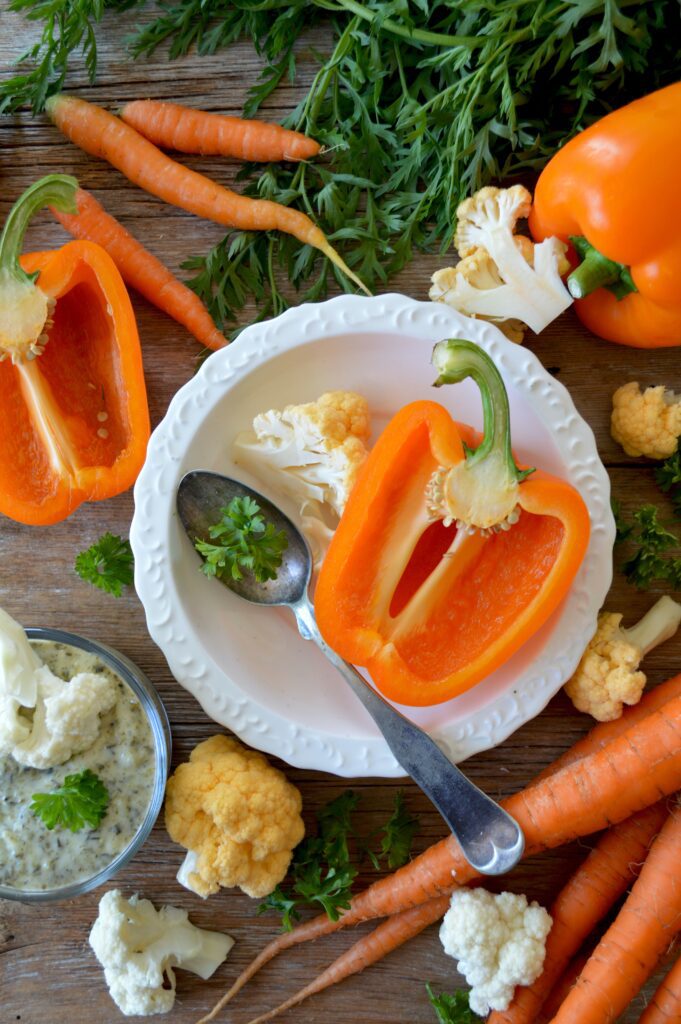
Try adding in additional vegetables such as carrots, bell peppers, onions, celery root and radishes for extra texture and colour contrast.
Infuse flavours
Infuse different aromatics such as orange or lemon zest into boiling liquid before pouring over vegetables for added depth of flavour.
Creative ways to use and enjoy sweet pickled cauliflower
1. A Quick Cauliflower Curry:
Combine sweet pickled cauliflower with softened onions, curry powder, garam masala, applesauce and coconut milk to make an easy delicious meal or side dish.
Or serve as a pickle accompaniment to a curry meal.
2. Fried Pickled Cauliflower:
Make a batter of flour and beer. Shake the excess brine off then dip your florets into the batter before pan-frying/deep frying until golden brown for an irresistible appetizer or side dish. This is really good!
3. Spiced Pickled Cauliflower Salad:
Toss together cubed sweet pickled cauliflowers with chopped bell peppers and chilli flakes in a light vinaigrette dressing (that includes the cauliflower brine) for an easy salad that packs plenty of flavours!
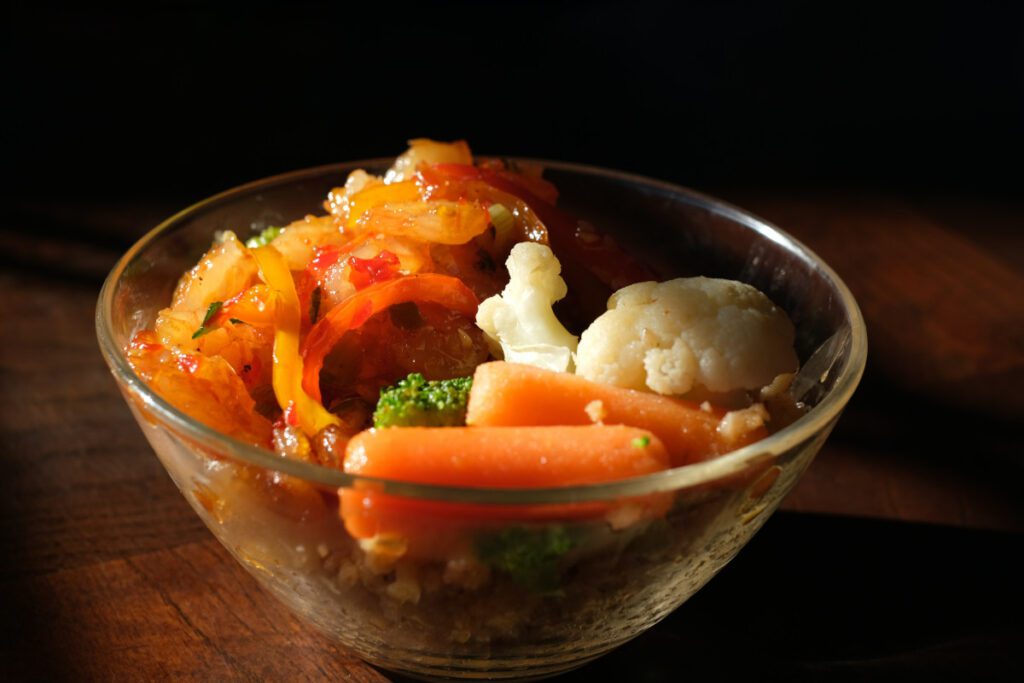
4. Eat straight out of the jar for a snack with some cheese. Or enjoy on or accompanying a sandwich or burger.
5. Serve alongside a cheese or charcuterie selection as part of the pickles component. It even works alongside a traditional roast dinner!
Sweet pickled cauliflower is a delicious and versatile preserve that can be served as an appetizer, side-dish or snack. With just a few simple ingredients you can easily make this tasty treat in the comfort of your own home. This recipe for sweet pickled cauliflower is sure to become one of your favourite go-to dishes! Not only does it look great on the plate but its unique combination of flavours makes it perfect for any occasion.
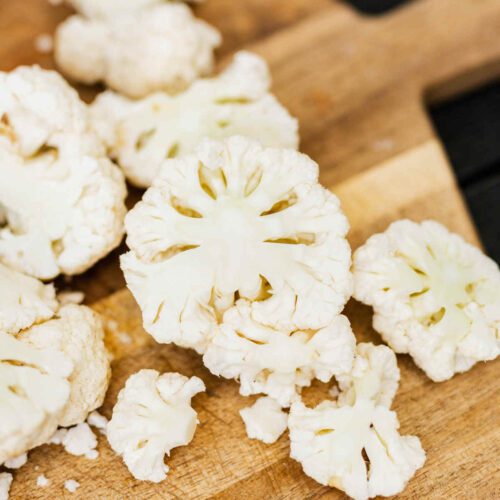
Sweet Pickled Cauliflower Recipe
Equipment
- Chopping board and knife
- Medium saucepan
- Long-handled spoon for stirring
- Ladle
- Funnel
- Clean, sterilised glass jars with non-reactive lids
- Labels and pen
Ingredients
- 200 ml water
- 200 ml white wine vinegar
- 2 tsp salt
- 2 tsp peppercorns
- 2 tsp coriander seeds
- ¼ tsp cloves
- 1 bay leaf
- 1 whole cauliflower
- 2 chillies
- 2 cloves garlic
- 2 cm ginger
Instructions
- Add the water, vinegar, salt, and sugar to the saucepan over medium heat. Stir the mixture until the salt and sugar have completely dissolved, then remove the pan from the heat.
- Peel the garlic and ginger and cut them into thin slices.Trim the chilli and slice it into rounds.
- Remove the leaves and trim the cauliflower. Use some damp kitchen paper to wipe the surface. Lightly rinse the base of the cauliflower.Remove any large thick stems, and cut the cauliflower into small florets.
- Soak the cut florets briefly in a mild saltwater solution to remove any dirt or insects. Use the colander to drain them.
- Blanch the cauliflower pieces in boiling water for 30 seconds, then plunge them into ice-cold water, and allow them to drain.
- Pack the florets of cauliflower, ginger, garlic and chilli into the prepared glass jar(s).
- Add the peppercorns, coriander seeds, mustard seeds, bay leaves and cloves around/between the vegetables.
- Heat the brine again for 1 minute and pour it into the jar(s), making sure that you cover the vegetables completely. Seal the jars and leave them to stand, at room temperature, to cool.
- Store the jars of pickled cauliflower in the fridge. You need to leave it to develop for 2-3 days (ideally up to a week) before eating. Sealed in the fridge, the pickle may last in the fridge for up to 4-6 weeks (if you can resist that long!).
Notes
TIPS for making cauliflower pickle
1. Choose a fresh, firm cauliflower head and cut the florets into bite-size pieces for ease of packing into jars and also enjoying. Avoid soft, blemished heads. You can choose any colour of cauliflower that you prefer, from the commonly available white ones to the distinctive green or purple varieties. 2. Use a non-caking pure salt such as kosher salt. This is free of chemicals and caking agents which will ‘muddy’ the brine appearance in the jar(s). 3. To prepare the cauliflower to take up the pickling flavours and retain the colour, you can briefly blanch it. Depending on how long or short you blanch it can also affect the texture – too much can make it soft(which of course you might prefer) and just a minute in and then into ice water can keep it firmer. 4. The brine used for pickling should consist of enough seasoned water and vinegar to cover the vegetables and contain the desired amount of spices and herbs added for flavour. If you end up with too little brine, make up 50% water to 50% vinegar and top up the jars (it is ESSENTIAL to the preserving and pickling process that the vegetables are completely covered by the brine). And if there is the pickling liquid left over, either use it for a salad dressing or marinade. Or chop up some leftover fresh vegetables, and blanch briefly in boiling water. Then add to a bowl, cover with hot brine, seal with plastic film and leave to cool. Chill and enjoy as a quick instant pickle. 5. Allow your pickled cauliflower to sit in the refrigerator for at least 48 hours before serving – this will give it time to properly marinate and fully develop its flavour. Enjoy!Flavour options for a sweet pickled cauliflower
Type of vinegar
You can use white wine, red wine or cider vinegar to give your pickled cauliflower different flavour profiles.Adjust the sweetness
Add more sugar and/or a sweetener such as honey, sugar or maple syrup to balance out the acidity of the vinegar and create a pickle to your taste.Add your favourite spices
Experiment with herbs and spices like anise, fennel, juniper berries, cardamom or cinnamon sticks for warmth in flavour and aroma. Turmeric and cumin can contribute to an earthiness and punch of colour.Include other Vegetables
Try adding in additional vegetables such as carrots, bell peppers, onions, celery root and radishes for extra texture and colour contrast.Infuse flavours
Infuse different aromatics such as orange or lemon zest into boiling liquid before pouring over vegetables for added depth of flavour.Creative ways to use and enjoy sweet pickled cauliflower
1. A Quick Cauliflower Curry:
Combine sweet pickled cauliflower with softened onions, curry powder, garam masala, applesauce and coconut milk to make an easy delicious meal or side dish. Or serve as a pickle accompaniment to a curry meal.2. Fried Pickled Cauliflower:
Make a batter of flour and beer. Shake the excess brine off then dip your florets into the batter before pan-frying/deep frying until golden brown for an irresistible appetizer or side dish. This is really good!3. Spiced Pickled Cauliflower Salad:
Toss together cubed sweet pickled cauliflowers with chopped bell peppers and chilli flakes in a light vinaigrette dressing (that includes the cauliflower brine) for an easy salad that packs plenty of flavours! 4. Eat straight out of the jar for a snack with some cheese. Or enjoy on or accompanying a sandwich or burger. 5. Serve alongside a cheese or charcuterie selection as part of the pickles component. It even works alongside a traditional roast dinner!Nutrition
Nutritional Disclaimer
All nutritional information is an estimate only, based on third-party calculations derived from an online nutritional calculator, Spoonacular API. The data provided is a courtesy and should not be considered a guarantee or fact. Each recipe and nutritional value will vary depending on the ingredients and brands you use, your measuring methods and portion sizes. For accurate results, we recommend that you calculate the nutritional information yourself, using a preferred nutritional calculator or advice from a nutritionist, based on your ingredients and individual processes.